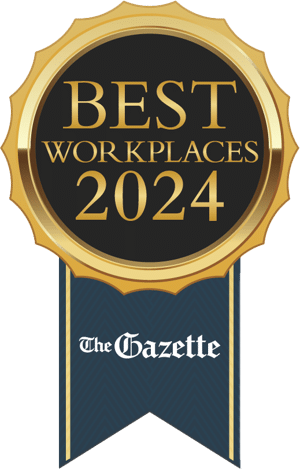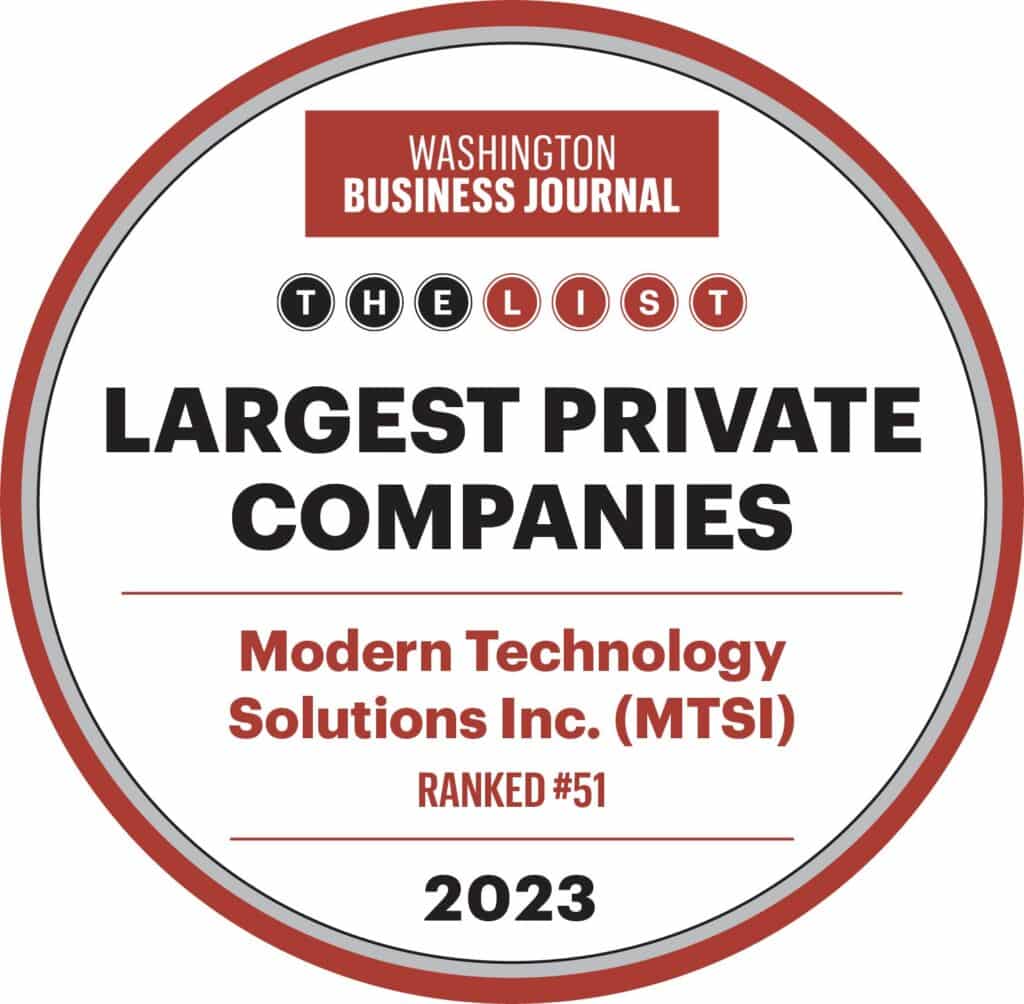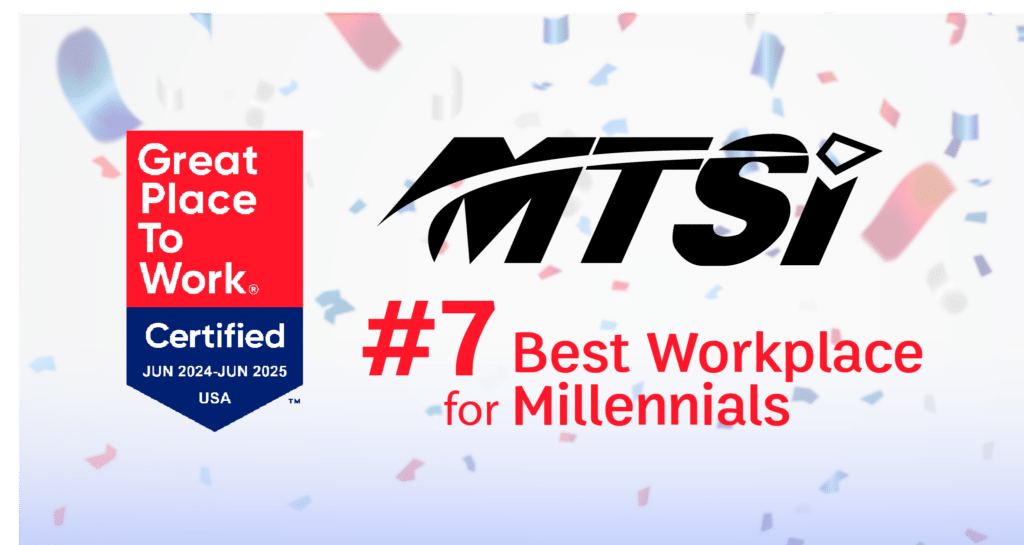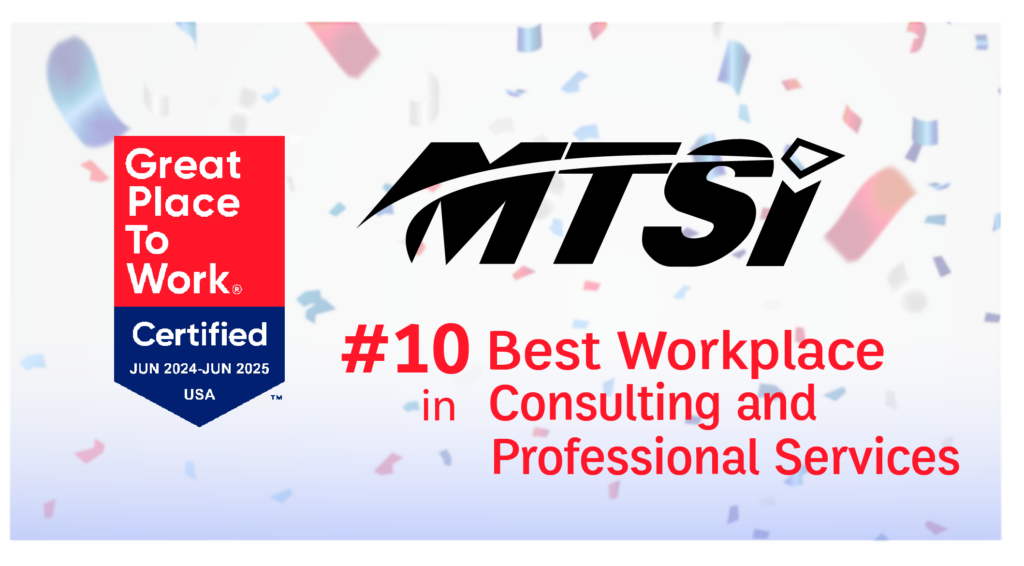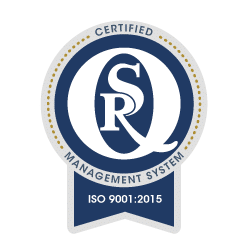Digital Transformation: Harnessing Digital Engineering Methodologies
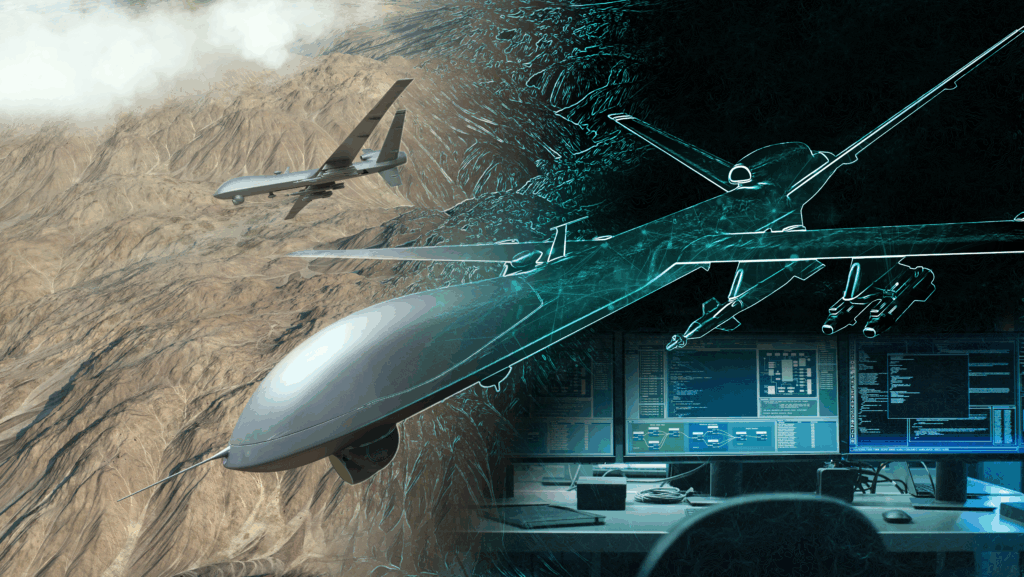
Welcome back to our Digital Transformation (DT) series! In our previous article, Jason Saldana introduced you to the concept of Digital Transformation and how mission owners can strategically leverage it for Defense Modernization.
Today, we’ll dive into Digital Engineering (DE) and outlines how to implement it as part of your DT Strategic Blueprint. But first, let’s clarify what DE is and why it’s invaluable to mission owners.
Digital Engineering is a methodology that utilizes modern digital-based tools (such as Cameo, IBM Rhapsody, DOORS Next Generation, PLM, etc.) and processes (as opposed to paper-based) to enhance product lifecycle development and identify errors earlier in the lifecycle. This methodology ensures product traceability back to requirements, fosters modular open architecture, and ultimately facilitates faster fielding of systems and capabilities. For mission owners, DE provides a powerful tool to manage complex systems and product lines, empowering you to ensure successful acquisitions.
DE is supercharged using collaborative Multi-Level Security (MLS) Ecosystems (which MTSI is well qualified to architect, design, build, and manage as illustrated by our Digital Bloodhound Prime contract win with the Space Force). These ecosystems are vital for safeguarding data while enabling seamless collaboration among stakeholders. By establishing a secure environment where all parties work from the same Authoritative Source of Truth (ASoT), a designated repository that provides definitive project information, you ensure that the customer and partners have an up-to-date view on the capabilities of the system and the supporting data to dive deeper if necessary to understand performance envelopes using Modeling and Simulation.
DE works hand in hand with the Modular Open Systems Approach (MOSA). This approach revolutionizes system design by treating it as a collection of independent, reusable modules. This design element fosters easier understanding, integration, debugging, and maintenance. The modularity allows you to implement updates without disrupting the entire system, enhancing adaptability to changing requirements, and change part or component vendors without completely redesigning the product removing vendor lock. By applying MOSA through DE, you can specify and acquire capabilities individually, then aggregate them into various systems or product lines making your production more agile and able to adapt to evolving threats. The collaboration between DevSecOps and MOSA ensures that you build security into the design framework, with continuous testing and feedback to identify and fix vulnerabilities before adversaries find them.
DE ensures the creation of Authoritative Models and Digital Twins. Authoritative models (think SysML) serve as critical components within the ASoT, representing various aspects of architecture, performance, and behavior across engineering disciplines and lifecycles. Authoritative models interconnect through digital threads that provide essential vertical and horizontal traceability. Stakeholders can use this traceability for impact analysis, gap analysis, and informed decision-making. By capturing historical knowledge and linking configuration-controlled models, the ASoT guarantees traceability throughout the system’s lifecycle and ensures each stakeholder has the knowledge they need to complete their mission. Digital Twins are virtual representations that mirror the physical object, process, or system with real-time data from sensors. Mission engineers can use Digital Twins for real-time war gaming and to simulate mission solutions, optimizing efficiency. Using Digital Twins throughout the product lifecycle, especially during operations, allows mission owners to benefit from predictive failure analysis, develop effective TTPs and CONOPS, provide troubleshooting, and operator training, while minimizing operational risks and continuously deliver new solutions and bug fixes to operational assets.
Having established what DE is, you might be eager to learn how to implement it effectively. Like any strategic initiative, DE requires implementation in phases to ensure optimal setup and connectivity.
Phase 1: Create a Multi-Level Security Ecosystem that enables acquisition customers and Original Equipment Manufacturers (OEMs) to collaborate effectively.
Phase 2: Transition static product design documents into digital formats by employing System Modeling Language architectural models or labeled data lakes for inclusion in the ASoT via digital threads.
Phase 3: Develop digital threads that seamlessly integrate with existing product design and management data.
Phase 4: Enhance and automate processes by utilizing loosely coupled tools within the MLS Ecosystem. This approach helps you avoid the complexities of hard integrations and accelerates user adoption. Rather than discarding legacy processes and tools, adapt and improve them using DE techniques.
Phase 5: Continuous Improvement, Continuous Integration, and Continuously test processes, gather stakeholder feedback, and implement improvements to optimize the DE pipeline for maximum efficiency.
After completing the five phases the customer’s ability to rapidly design and build new systems or update existing systems should be just a regular part of how they do business.
MTSI has partnered with several customers in the Digital Engineering space, and we believe strongly that is a win-win for our customers and MTSI. MTSI is committed to delivering Digital Engineering solutions that enhance mission-critical programs. Whether you’re starting your DE journey or refining your strategy, we offer the expertise to support you. For more information about our DT and DE capabilities, please contact [email protected].
Stay tuned for more articles in this DT series, where we’ll share insights into our services and capabilities designed to elevate mission and operational effectiveness. Embrace the future of defense modernization—transform your approach today!

